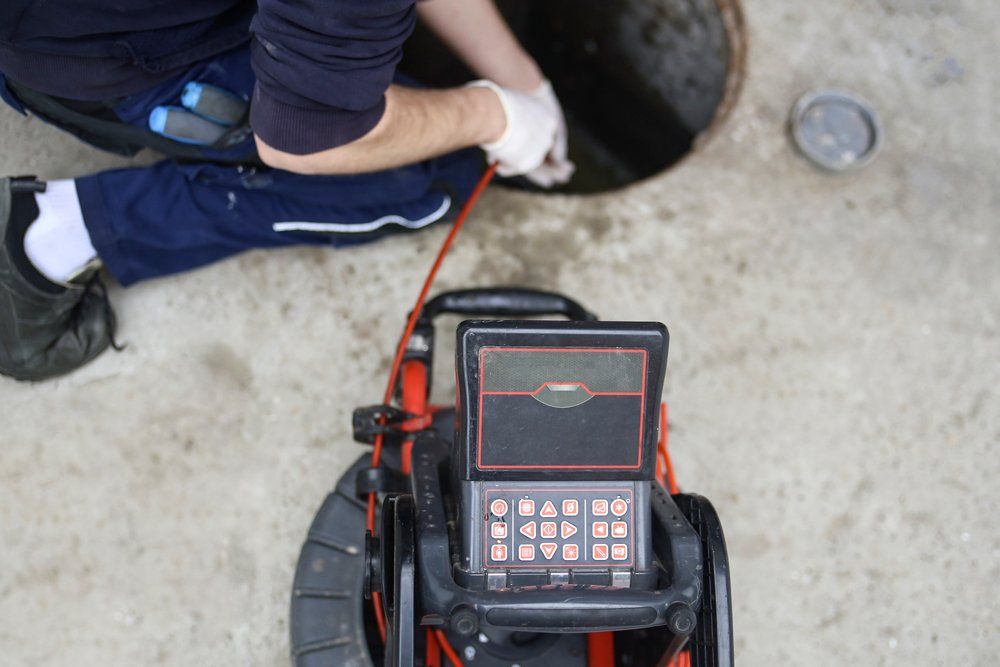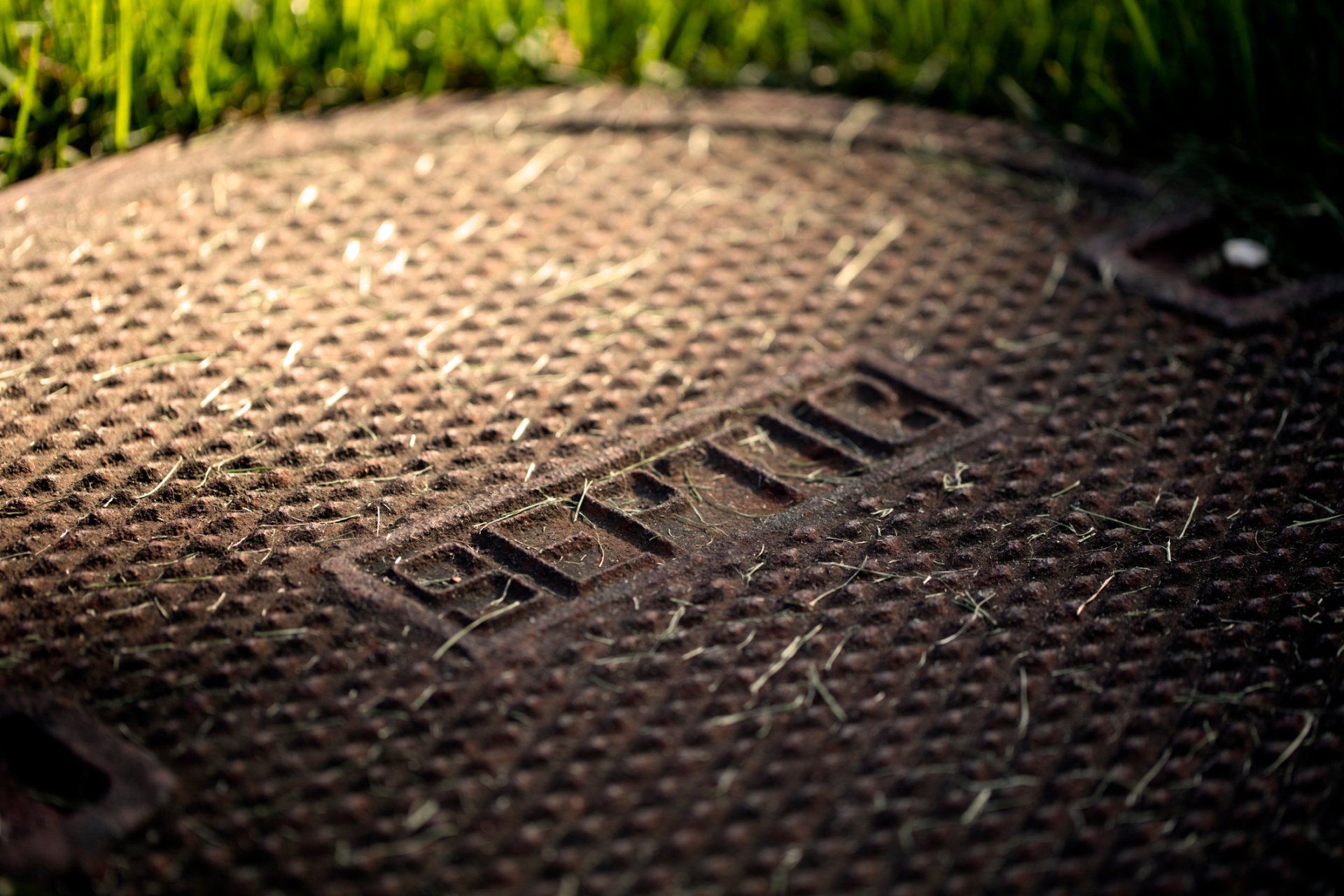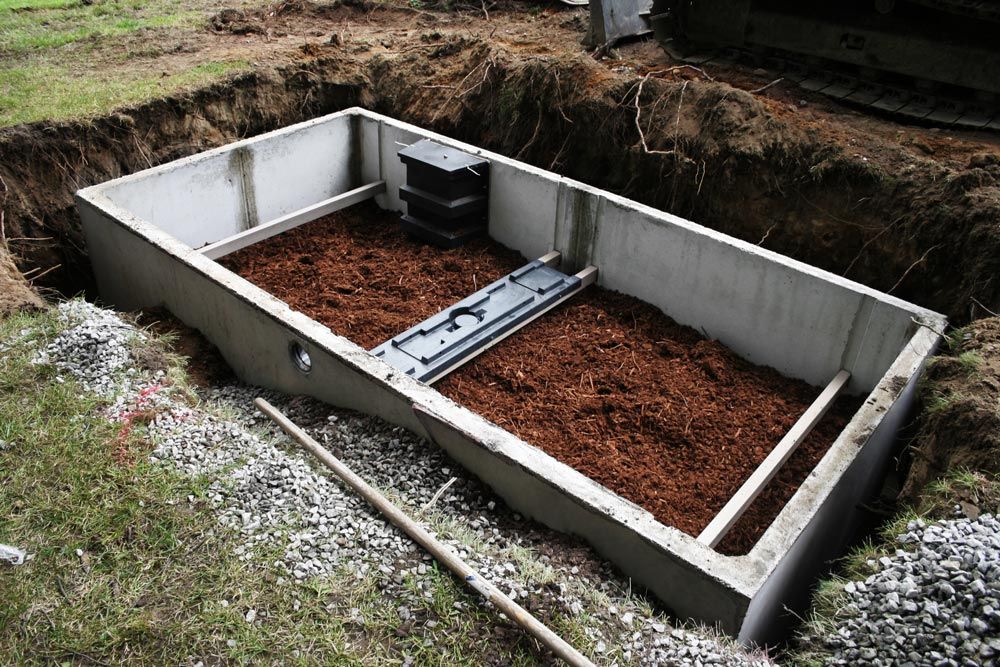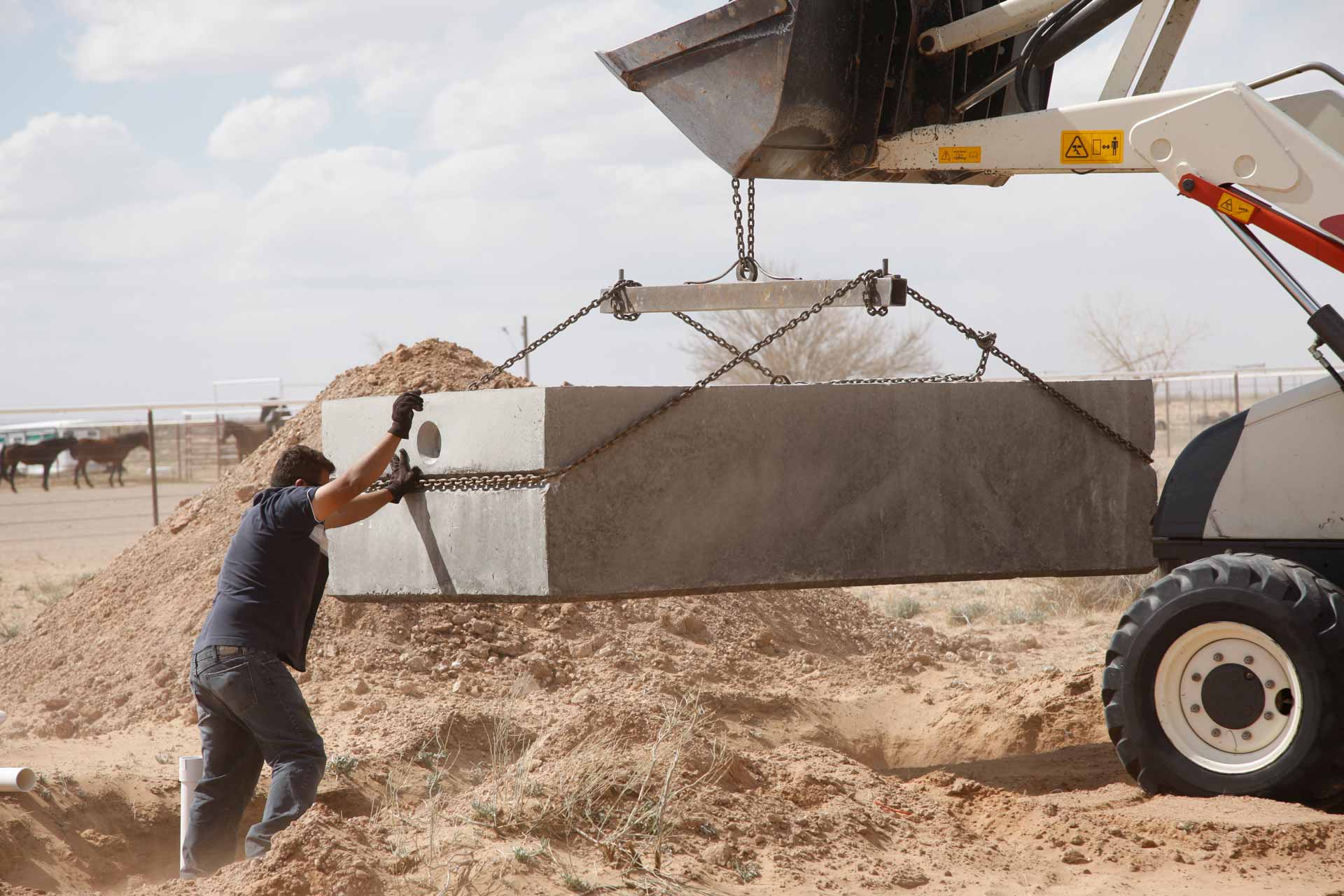ANATOMY OF A SEPTIC TANK CLEANING
Admin • April 27, 2017
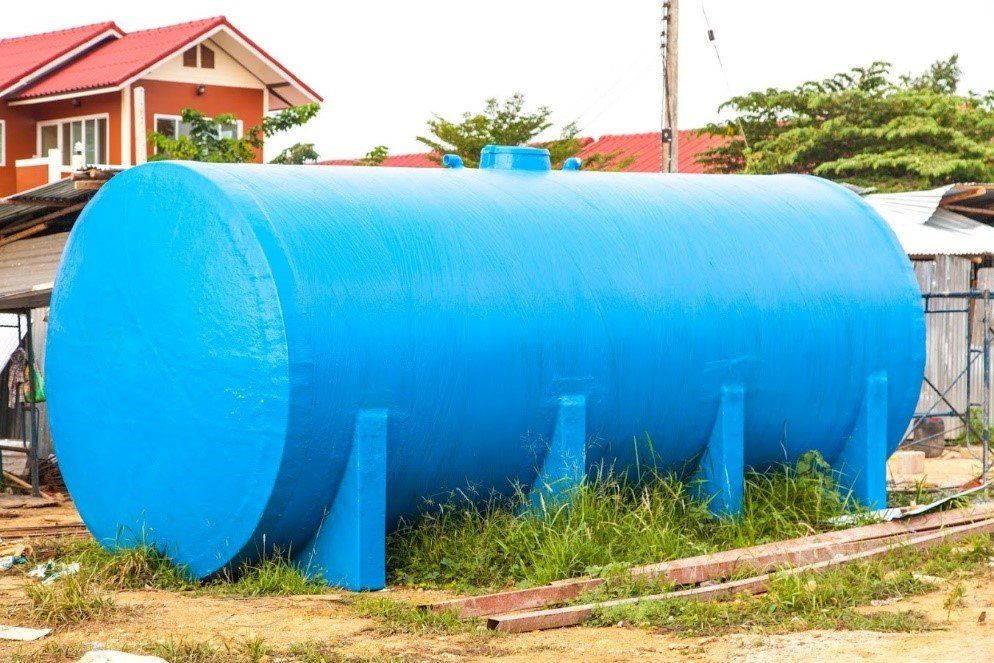
Day after day, all of the wastewater that exits your home through your toilet, sinks, and various drains eventually ends up in your septic tank. Some of the waste is separated and eventually filtered back into the nearby environment, but most of it sticks around in the septic tank. And sooner or later, all the waste has to come out.
This is where septic tank pumping comes into play. Septic tank pumping is a dirty and sometimes time-consuming job, but it has to be done at some point. If you want to take better care of your septic tank, you should understand exactly how the pumping process happens and where the waste goes afterward.
WHAT COMES OUT OF YOUR SEPTIC TANK
A septic tank's primary job may be to hold as much household wastewater as the tank’s capacity allows, but the tank also has the task of separating wastewater into more manageable components—solids, scum, and liquids. Solids are destined to sink and eventually settle at the bottom of the tank while oils and fats float to the top of the tank to create a scum layer.
What remains is a liquid wastewater layer that makes up the bulk of the septic tank's contents. This content is eventually fed into a drain field, where a combination of microbes, sand, and coarse gravel help break down and filter out pathogenic bacteria and viruses as the wastewater percolates through the soil. The treated wastewater is eventually filtered back into the groundwater table.
Septic tank pumping primarily deals with the leftover solid sludge and scum that's left inside the septic tank. Excessive sludge buildup can prevent the system from functioning as intended, resulting in slow drainage, sewage odors, and septic waste backing up into the home.
HOW WASTE IS PUMPED OUT
The first step of having your septic tank cleaned involves finding a licensed and experienced septic tank pumping specialist. After you've scheduled an appointment, you can expect the following to happen on the day of your appointment:
- Your septic tank pumping specialist will attempt to unearth the access ports found on top of the septic tank. If the access ports are located underground, they must be excavated and exposed before pumping can begin.
- After opening the access ports, the pumping specialist will lower a heavy-duty hose into each port. This allows the vacuum truck to suck up the solid and liquid waste found in each section of the septic tank.
- After most of the muck is removed, the pumping specialist may use a septage spoon to dislodge and remove any remaining waste or flush the tank with water to make sure all effluent has been removed.
- Once the tank has been pumped empty, the pumping specialist can inspect the septic tank itself. Your specialist will look for signs of damage, including cracks and broken baffles.
The amount of time it takes to completely pump out a septic tank usually depends on the size of the tank, the type and amount of labor required, and the capacity of the vacuum truck. In most cases, it takes about five hours to successfully excavate and pump the septic tank.
WHERE WASTE ENDS UP
After the "honey wagon" drives off into the sunset with its cargo onboard, the average homeowner no longer needs to be involved. But the septic tank cleaning process isn't over just yet. The onboard effluent has to be transported to an area where it can be emptied, usually a sewage lagoon or wastewater treatment plant.
Regularly scheduled septic tank cleanings are essential for keeping your septic system in good shape. How often you'll have to have your septic tank pumped out depends on its size and the number of people who use it on a regular basis. For example, a 1,000-gallon septic tank used by a household of four should be cleaned every 2.6 years.
Don't hesitate to call upon the professionals at Pete's Outflow Technicianswhenever you need your septic tank serviced.
If the septic system doesn't function properly, it could start to generate bad smells. Learn about common reasons why septic systems produce bad smells.
The roots of trees can penetrate your septic system and impede system performance. Learn a few steps to prevent tree and shrub roots from invading your tank.
Whether constructing a new home or replacing an old septic system, homeowners must decide on the type to install. See a few types of septic tanks.
Pumping your septic tank should be part of your home maintenance routine. How often you should pump your tank? Discover a few factors that determine that.
All septic system parts eventually fail. Read on to learn about some factors that determine how long your septic drain field will last.
Landlords should proactively maintain their septic tanks for health, safety, and compliance reasons. Discover essential maintenance tips.

